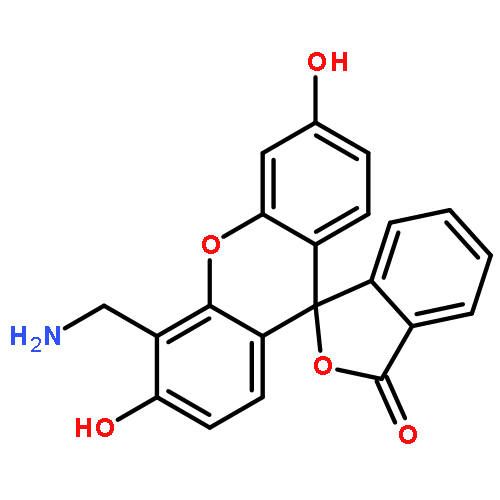Co-reporter: Bryan M. Dunyak, Robert L. Nakamura, Alan D. Frankel, and Jason E. Gestwicki
pp: 2441
Publication Date(Web):August 31, 2015
DOI: 10.1021/acschembio.5b00426
In drug discovery, small molecules must often discriminate between healthy and diseased cells. This feat is usually accomplished by binding to a protein that is preferentially expressed in the target cell or on its surface. However, in many cases, the expression of an individual protein may not generate sufficient cyto-selectivity. Here, we demonstrate that bispecific molecules can better discriminate between similar cell types by exploiting their simultaneous affinity for two proteins. Inspired by the natural product FK506, we designed molecules that have affinity for both FKBP12 and HIV protease. Using cell-based reporters and live virus assays, we observed that these compounds preferentially accumulated in cells that express both targets, mimicking an infected lymphocyte. Treatment with FKBP12 inhibitors reversed this partitioning, while overexpression of FKBP12 protein further promoted it. The partitioning into the target cell type could be tuned by controlling the properties of the linker and the affinities for the two proteins. These results show that bispecific molecules create significantly better potential for cyto-selectivity, which might be especially important in the development of safe and effective antivirals and anticancer compounds.
